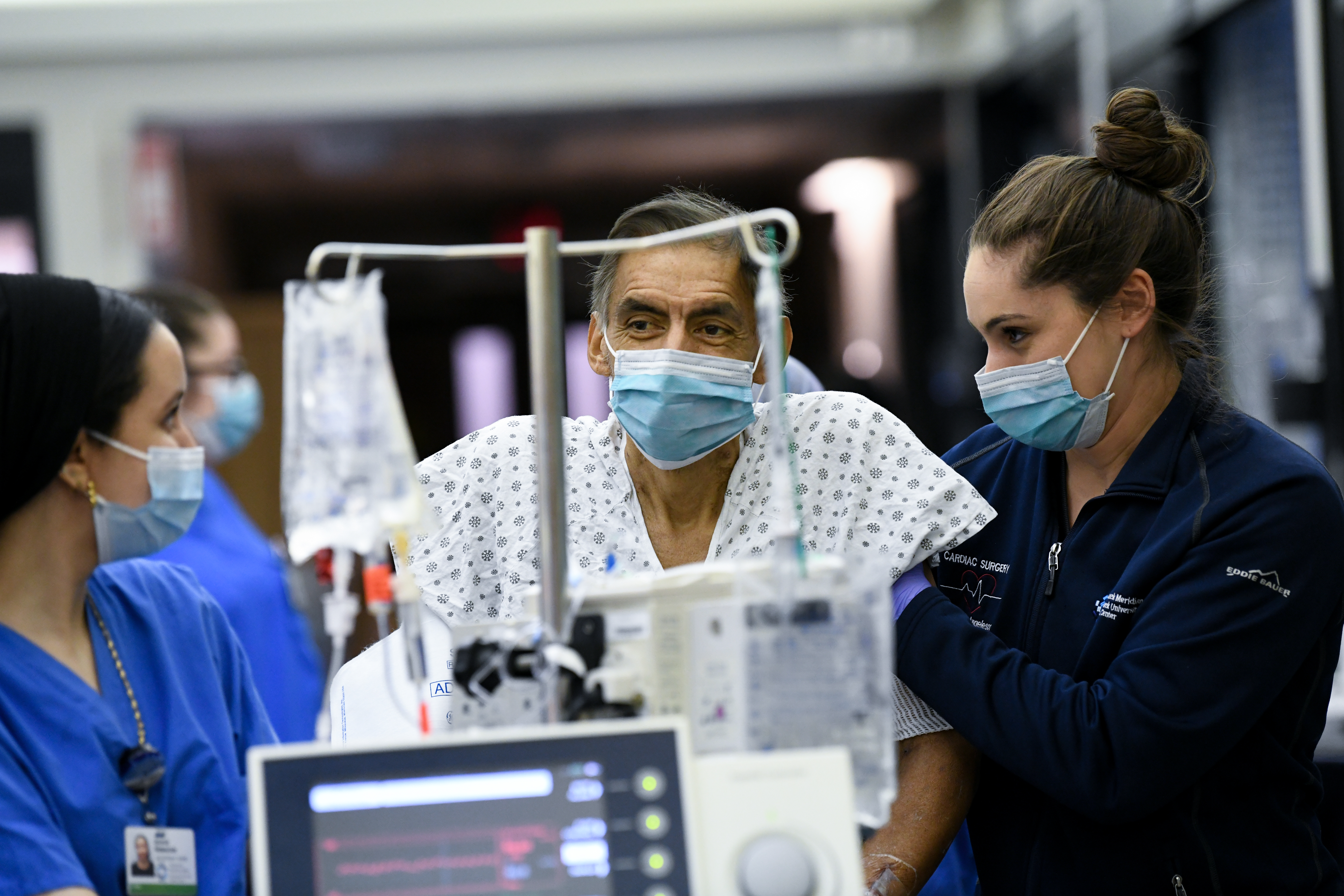Hackensack University Medical Center Beats National Average with 70% Cardiogenic Shock Survival Rate
On-call multidisciplinary team and early percutaneous ventricular support device implantation keys to outcomes success

Hackensack University Medical Center achieves a 70% survival rate for cardiogenic shock patients, significantly higher than the national survival rate of 40 to 60%.
Such positive outcomes derive from a combination of early intervention and timely activation of all the necessary caregivers to provide multidisciplinary input to address the initial cause. Kanika Mody, M.D., medical director of the Ventricular Assist Device program at Hackensack University Medical Center, notes that the center is not a heart transplant center, and utilizes temporary LVAD support to optimize native heart recovery.
The center was an early adopter and remains a clinical trial participant for various percutaneous ventricular support devices. The team’s successful cardiogenic shock management approach includes implanting the percutaneous ventricular support devices earlier in sicker patients rather than holding off and implanting after further health decline.
Other treatments for cardiogenic shock may include revascularization of a blocked artery, surgery to correct valve dysfunction, or removal of a blood clot in a lung. Because cardiogenic shock creates an urgent need for a wide range of expertise, the center developed an expedited process to ensure proper diagnosis and treatment planning when a patient is underperfused, Hackensack University Medical Center acting director of Cardiology Services David Landers, M.D., said. The longer a patient waits for treatment, the greater the potential for kidney, brain or other organ injury in these patients.
Tissue death can occur within minutes of cardiogenic shock onset, and the same therapy applied 60 to 90 minutes later can have a significantly different outcome. Hackensack University Medical Center minimizes the time-to-treatment by having a multidisciplinary team on call at all times and maximizing efficiency and streamlining communication across this diverse team by developing flow diagrams to guide and streamline team outreach and care pathways amidst rapidly changing patient status.
This team effort involves buy-in and coordinated scheduling across departments. The collaborative team also reviews cases retrospectively, assessing whether protocols were followed and pinpointing opportunities to improve processes and make efficiency gains.
Learn more about innovative heart and vascular care at Hackensack University Medical Center.
